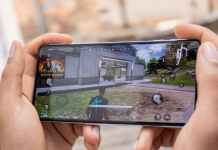Nintendo can boast of so many things. Licenses that are primarily synonymous with entertainment, characters known worldwide by people of all ages, and, of course, having survived all stages of the short but intense history of the video game compared to other companies and the continual predictions that it would follow in Sega’s footsteps.
It recently offered its financial results and continues to be profitable for its investors despite being dropped from the list of the 100 most influential brands for the first time in its history. However, how it has reached this comfortable situation for its shareholders is no secret. Nintendo has a high level of loyalty from users. It is something that they have been showing interest in for several decades.
Before Ubisoft started creating the Ubisoft Club, PlayStation decided to reward its Premium users with PlayStation Plus Rewards, long before Rockstar Social Club incentivized users and even Microsoft began to distinguish between them Gold accounts. And Silver, Nintendo had been offering its loyalty program for decades under an acronym that most veterans remember with nostalgia even though it was closed a few months ago. We are talking about Club Nintendo.
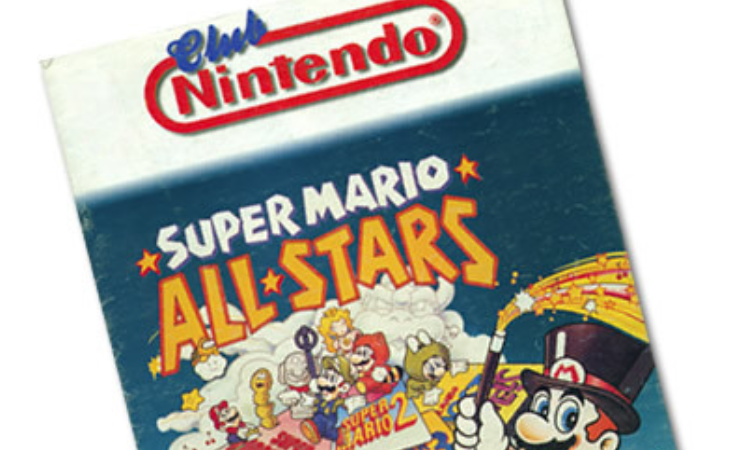
This was Club Nintendo
The Club Nintendo name had been around the world for a long time in different forms and formats. And while in Latin America, it was a monthly publication, for years in the Iberian Peninsula, it was an exciting club where it was straightforward to become a member. Since 1989, each video game or console was accompanied, along with its instruction booklet, by a small card, which we would fill in our data and send by ordinary mail to Nintendo.
In return, during the first years, not only did we receive a brand new official card (which only served to show it to friends and family), but the official club magazine appeared in our mailboxes periodically and at no additional cost. In addition to completing reports on home video games, raffles, interviews, contests, and even question sections were offered to the publication. It is interesting to add that, at that time, internet access was practically non-existent, so the guides and tricks that they included were, in many cases, an absolute joy for those endless games that lasted us for months.
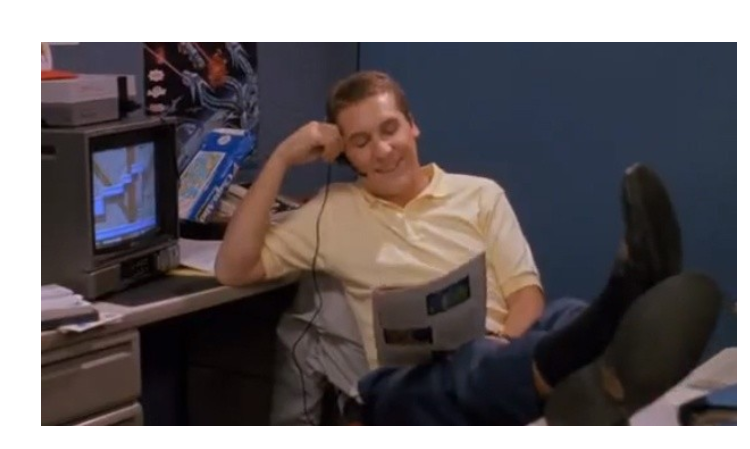
The publication continued to appear bi-monthly until 1995; however, it was not the only service it offered. As in the United States, Club Nintendo had a telephone service that we could call when we were stuck in a game, where they provided us clues, solutions, and miracles. At that time, what we did not discover or had been solved in the schoolyard or a guide printed by a specialized magazine, could almost be considered impossible.
However, thanks to this service, we managed to go a little further when the internet, forums, or YouTube were closer to science fiction than reality. And that is without counting that the few RPGs that arrived, used to offer their texts in the language of Shakespeare, The famous ‘Ocarina of Time’ reached several languages, although not in Spanish and in our case, it was decided to include a booklet with all the phrases of the game and their translation arranged alphabetically, which was an unnecessary crap for that title, since in the 1990s English was not as accessible or necessary.
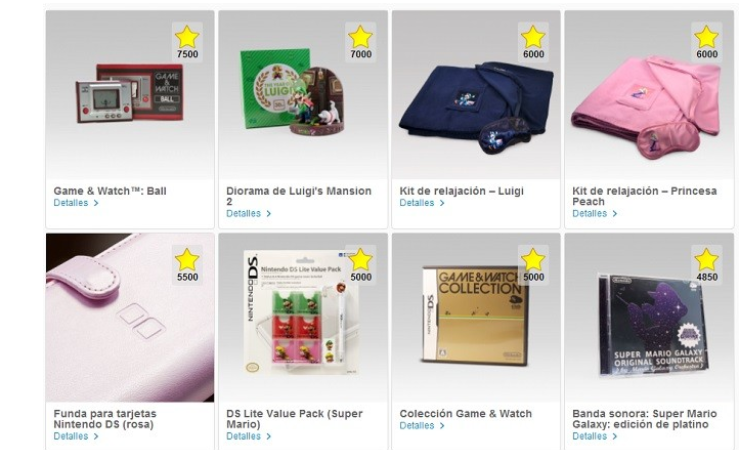
Over time, Club Nintendo in Spain adapted to users and began to offer its guides online and to focus its services in a more practical and versatile way. It can be said that it went through several stages. As of 2001, it was integrated with the rest of the Club’s divisions at the European level, beginning to include a series of codes that can be exchanged for Nintendo products from its website. This formula had been in the United States and Japan for years, although if we start to compare, our catalog of items and their price played in very different leagues from the rest of the world.
The gifts offered in the Clubs of other countries, however, could be classified as attractive incentives. In contrast, the most remarkable ones on the European page barely lasted a couple of days before being sold out. For example, before Club Nintendo closed, I decided to redeem the points that I had accumulated for more than a year with a couple of dozen physical and digital games and removing a Game Boy game for the virtual console, I could choose between sets of coasters with Mario Bros motifs, desktop wallpapers or, my final choice, a small bag to store my Nintendo 3DS with a very successful feel but not too splendid at a glance. The last items offered were a small thank you coin with Super Mario motifs and a double music CD with a compendium of the best-endings themes from Nintendo games.
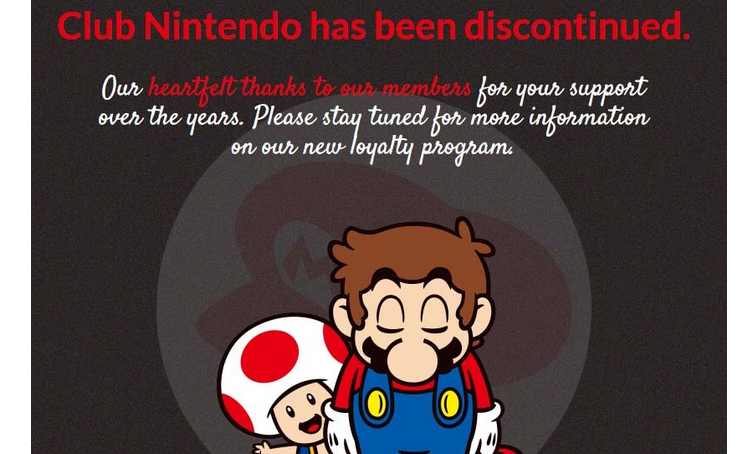
Club Nintendo closes its doors: My Nintendo was born.
At the beginning of 2015, the big N announced the closure of the Nintendo Club in favor of a new program to be announced, ceasing to include the codes in the physical and digital versions of its games and putting a limit on September 30 to redeem the star points in the European division and six months earlier in the North American one. Nintendo was starting to develop a new loyalty program from scratch. Users who joined it during its launch period will download ‘Flipnote Studio 3D’ for Nintendo 3DS for free.
After almost a month since the closure of Club Nintendo and together with the announcement of the company’s first application explicitly designed for mobile phones, Nintendo raised the curtain to discover its next great loyalty bet for its users: My Nintendo.
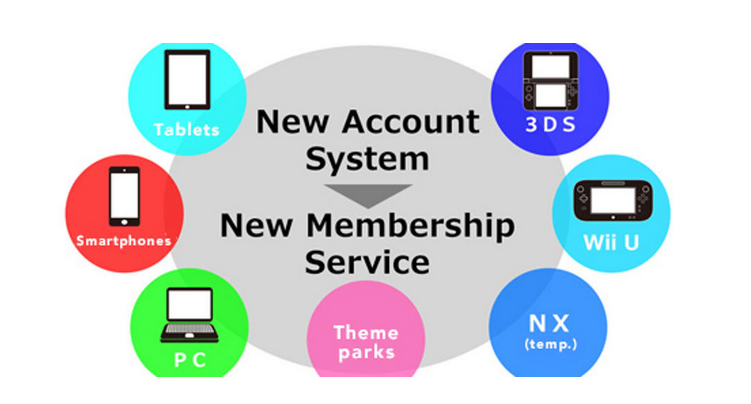
Unlike Club Nintendo, My Nintendo is part of a more extensive and more ambitious user-friendly program called the Nintendo Account. The fundamental idea is that through the same account, we can access and manage all available services such as our profile, applications within our games, friend lists, digital stores, or messaging between users, to give some examples.
This service would integrate under a single platform a set of services accessible from practically any device with Internet access such as computers, smartphones, tablets, and, of course, Nintendo consoles. In the same way, the Nintendo Account will also use social networks such as Facebook, Twitter, Google+, or our email account, creating a social and active environment to encourage the participation of the player community.
In this way, by performing actions in the Nintendo Account and registering our games and consoles, we obtain a series of points that would be added to those that we get by regularly playing our games and applications on Nintendo devices as those games. Of the Big N that appear on other devices, such as ‘Miitomo,’ Pokémon Go, or the fun to be announced that will appear on mobile devices. And those points would accumulate in My Nintendo. However, what can I do with all those points?
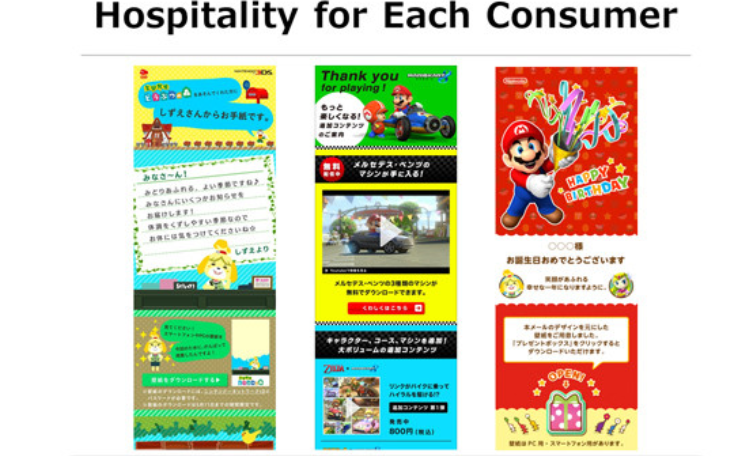
As in the old Club Nintendo, the idea is that we have access to specific and unique merchandising but obtain credits more quickly and comfortably. That catalog would offer figures, collectibles, music, games, stuffed animals, and anything else interesting, as well as downloadable digital content such as wallpapers or certain games. But also My Nintendo will offer offers and personalized content based on our tastes and interests, free downloadable content, information about games and the company, and videos about Nintendo characters and their titles. A series of discounts must be added that we can use in theme parks, shops, movie theaters, and all kinds of associated stores.
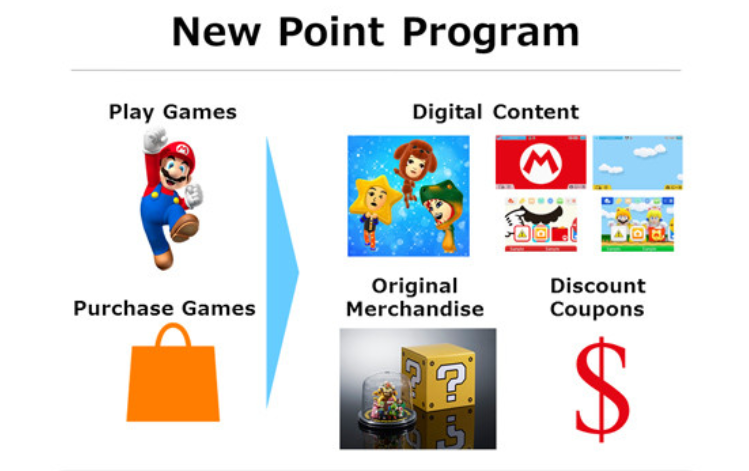
Another of the most exciting novelties is that My Nintendo allows us to make digital purchases from any PC or mobile device. We associate our account and complete the products start downloading to our consoles automatically.
With its departure scheduled for March 2016, Club Nintendo Substitute will offer more personalized services and more excellent facilities to receive rewards and added benefits. There is much talk that the industry is moving en bloc towards virtual reality devices or the enormous investments of triple-A. Still, it is no secret that the competition between platforms, after all, is a long-distance race to achieve new and better users since the days when Nintendo and Sega competed.
After closing the emblematic Clubb that accompanied us for more than a quarter of a century, and like the rest of the companies, Nintendo already has shown its new cards for the future, and its play is encouraging. The key to a successful console resides in the catalog of services and titles that it can offer, which, in turn, depends directly on the loyalty it receives from its consumers. Microsoft has already commented that it will begin to measure its success in that direction above the own sales of its devices for a reason. How will this ” war of loyalty ” that has just been proclaimed end? You are the answer.

Sharlene Meriel is an avid gamer with a knack for technology. He has been writing about the latest technologies for the past 5 years. His contribution in technology journalism has been noteworthy. He is also a day trader with interest in the Forex market.




